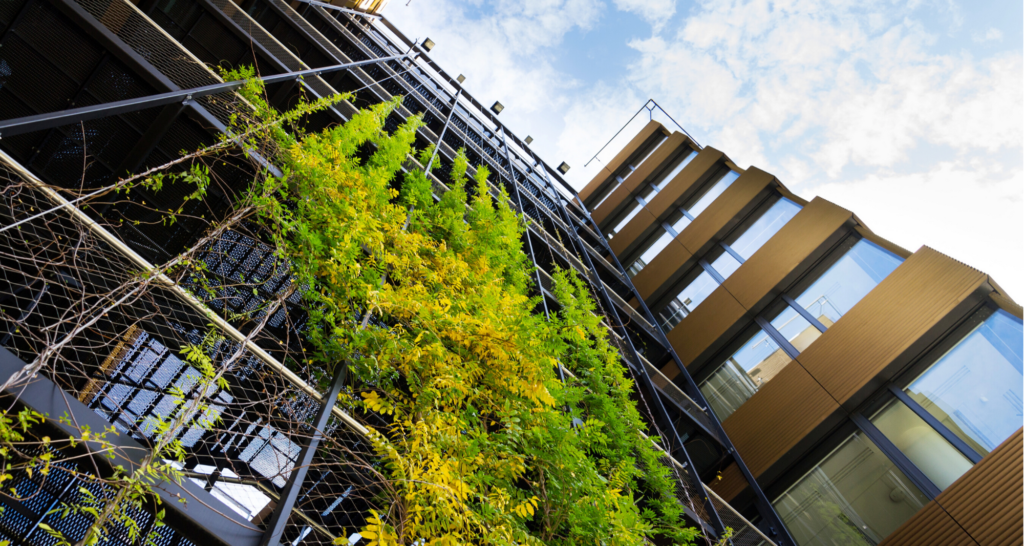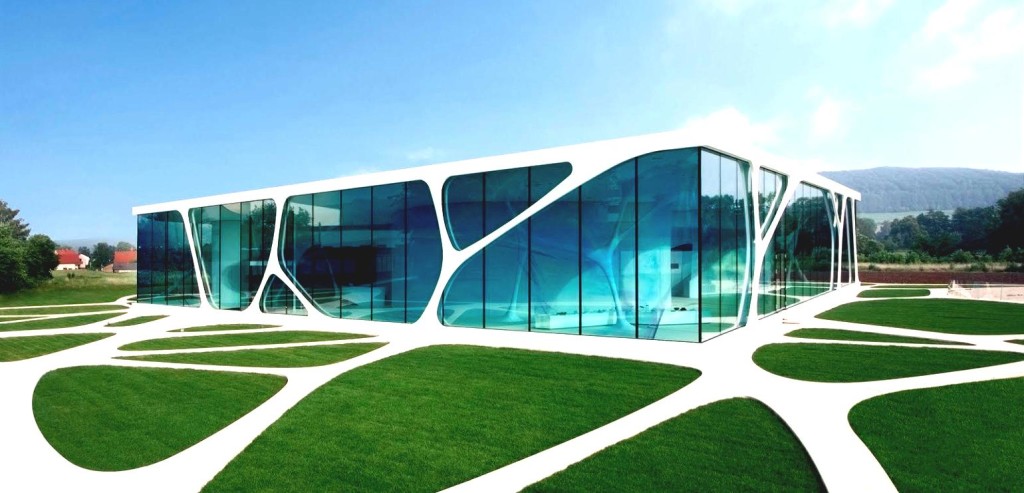How Does Architecture Promote Sustainable Materials And Construction Practices?

As the world becomes more conscious of sustainable and eco-friendly practices, the construction industry also joins the movement. Green construction practices not only benefit the environment but also creating healthier living spaces and long-term cost savings for the occupants. In this post, we will explore 5 sustainable construction techniques that we can learn and apply in our lives.
1. Passive Solar Design
Passive solar design is the strategic placement and design of windows, walls, and floors to optimize natural light and heat from the sun. This technique can significantly reduce energy consumption by using the sun's energy instead of relying on mechanical systems to heat and cool the building. Passive solar design is also proven to improve the physical and mood of occupants, mainly during the winter season.
Passive solar design incorporates several design elements such as thermal mass, insulation, and shading to maximize the energy-saving effects. Thermal mass, such as concrete or brick, can store heat from sunlight and release it gradually during the night when the temperature drops. Insulation, made of eco-friendly materials such as cellulose or wool, provides a barrier to prevent heat from escaping the building. Shading devices such as overhangs or louvers can block out direct sunlight during the summer and allow for sunlight to enter during the winter.
2. Recycled and Eco-Friendly Materials
The use of recycled and eco-friendly materials in construction reduces the amount of waste going to landfills and has a lower carbon footprint compared to traditional building materials. Eco-friendly materials such as bamboo, cork, or reclaimed wood can give spaces a unique and natural aesthetic. Recycled materials such as glass and concrete can be transformed into countertops, flooring, or wall cladding. Choosing to use eco-friendly materials also shows the commitment to building a sustainable future and encourages suppliers to produce more green products.
3. Water Efficiency
Water efficiency is another critical aspect of sustainable construction. The use of water-efficient fixtures such as low-flow toilets, faucets, and showerheads can save thousands of gallons of water each year. Rainwater harvesting systems can collect and store water for irrigation or other non-potable uses. Graywater systems can divert and treat wastewater from bathtubs, sinks, or washing machines for reuse in irrigation. These water-saving techniques can significantly reduce water bills and lessen the strain on public water supply systems.
4. Energy-Efficient Lighting and Appliances
Energy-efficient lighting and appliances are essential for reducing energy consumption and cost in buildings. LED lighting consumes less energy and lasts longer than traditional incandescent bulbs, while ENERGY STAR certified appliances can help cut down electricity usage. A building equipped with energy-efficient appliances and lighting can significantly reduce utility bills and greenhouse gas emissions, contributing to a sustainable and healthy environment.
5. Green Roofing and Landscaping
Green roofing and landscaping are innovative and attractive ways to incorporate nature into building design. The use of green roofs, or roofs covered in vegetation, reduces heat absorption and provides insulation, improving air quality and reducing stormwater runoff. Landscaping with drought-resistant plants, rain gardens, and permeable pavement also helps manage stormwater and encourage biodiversity. Incorporating greenery into an urban environment can improve the physical and mental health of the community and create a natural aesthetic to buildings.
FAQs
What makes a building sustainable?
A sustainable building is designed, constructed and operated to minimize its impact on the environment and maintain occupant health and well-being. Ecoefficiency, water conservation, energy conservation, and the use of sustainable materials and resources all contribute to a sustainable building.
What are the benefits of sustainable construction?
Sustainable construction benefits the environment by reducing waste, conserving resources, and reducing greenhouse gas emissions. It also benefits occupants by providing healthier living spaces, reducing energy costs, and increasing the life span of the building.
How can sustainable construction be achieved?
Achieving sustainable construction requires a combination of design, construction, and operation strategies that promote eco-efficiency, water conservation, and energy conservation. Using eco-friendly materials, incorporating energy-efficient lighting and appliances, and incorporating greenery into the building are a few ways to achieve sustainable construction.
What are the challenges of sustainable construction?
One of the main challenges of sustainable construction is the initial cost, which can be higher than traditional construction methods. There can also be a lack of knowledge and expertise in implementing sustainable techniques and materials. However, the long-term cost savings and environmental benefits outweigh the initial investment, making sustainable construction a worthwhile investment in the future.
What role do architects and designers play in sustainable construction?
Architects and designers play a crucial role in sustainable construction by incorporating green design elements into their projects. From strategizing passive solar design elements to choosing eco-friendly materials, architects and designers can shape a more sustainable and healthier future by promoting green building practices.
Conclusion
Sustainable construction techniques not only benefit the environment but also the occupants by providing healthier living spaces and cost savings in the long run. By incorporating passive solar design, using recycled and eco-friendly materials, optimizing water efficiency, using energy-efficient appliances, and incorporating greenery into buildings, we can create sustainable and eco-friendly spaces that promote a healthier future. As individuals, we can also learn and adopt these techniques to build a sustainable and healthier future for ourselves and the planet.




Post a Comment for "How Does Architecture Promote Sustainable Materials And Construction Practices?"